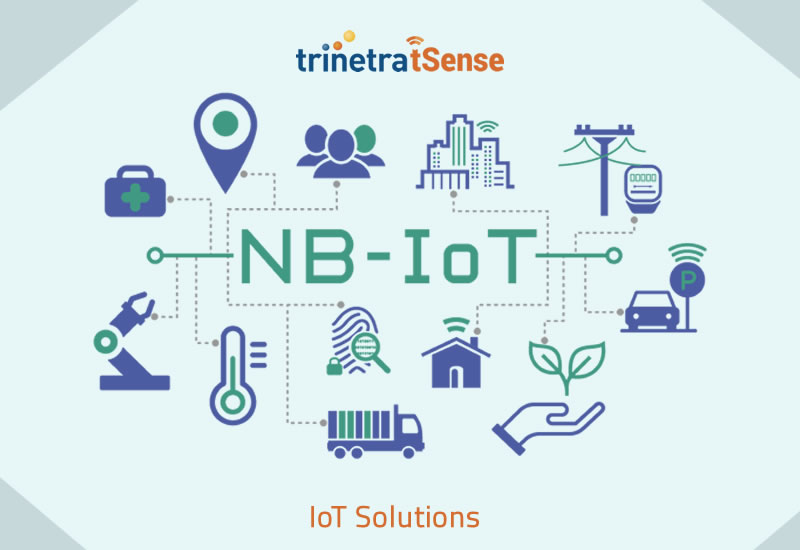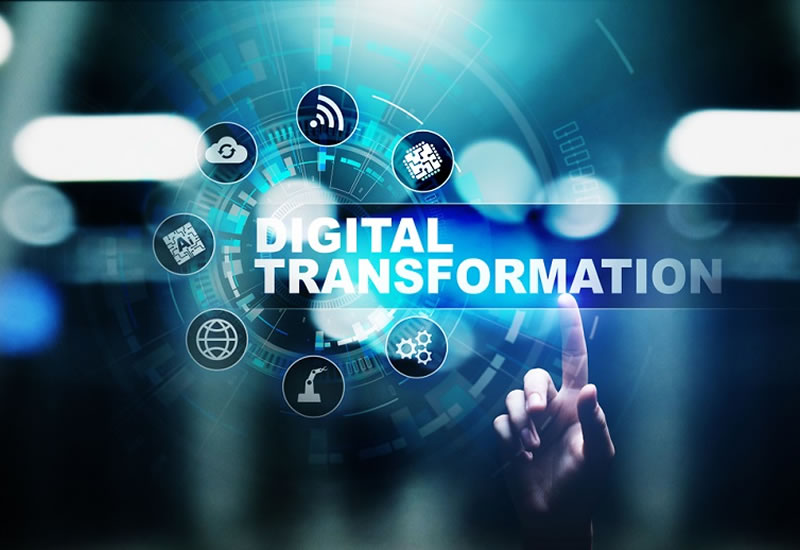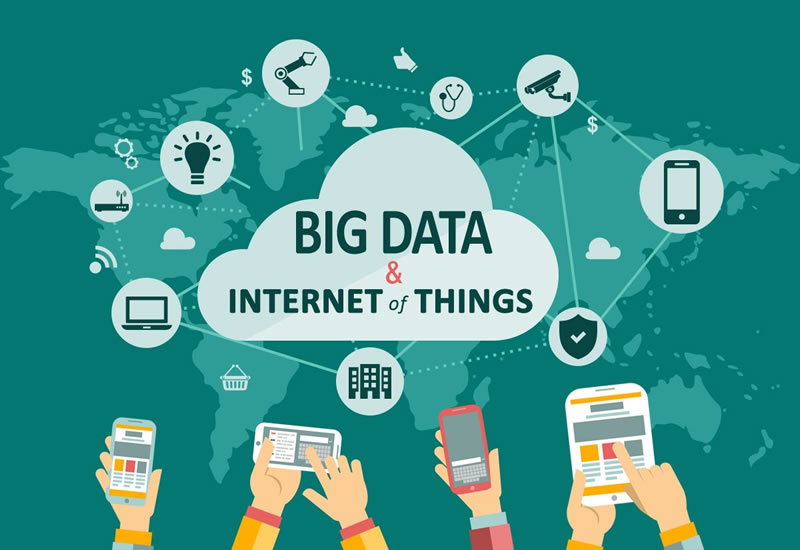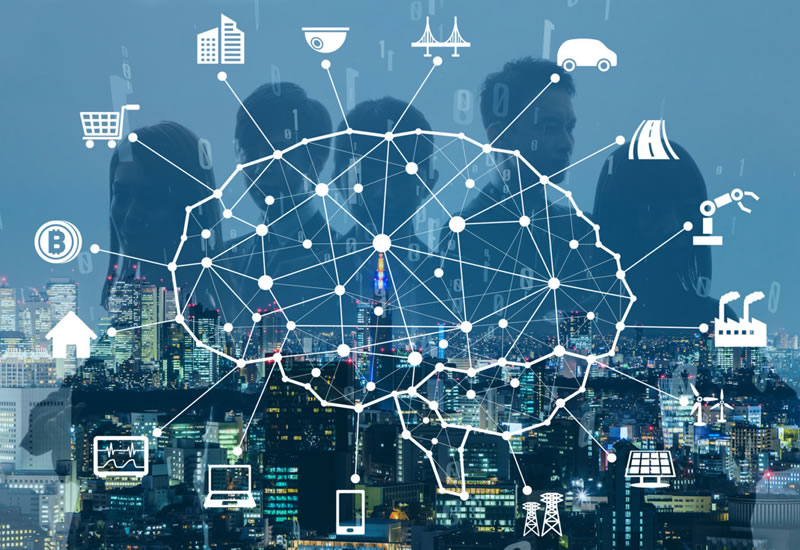IoT enabled applications are getting into the automotive industry rapidly with EVs, connected cars, Fleet Tracking systems and more.
The introduction of IoT applications is adding new value to the automotive industry. From vehicle tracking to IoT management, IoT is transforming the industry to a new level. New opportunities are being opened up for the automotive businesses and services, at both the consumer and commercial levels, that can be explored to develop new revenue streams.
Fleet & Vehicle Tracking Systems.
Vehicle tracking systems based on GPS-tech is widely being used in fleet management. Fleet management improvisation with IoT is creating efficiencies and reduce costs. IoT in fleet management involves vehicle scheduling, driver tracking & behavior management, route optimization and many others. It helps the fleet managers to optimize operations, automate processes and help them get better insights of the fleet business. IoT bases systems can gather data from multiple sensors and devices that help monitor different parameters that factor performance, diagnostics or discrepancies.
IoT and Telematics.
The GPS-enabled tracking system is also used for individual vehicles and owners. Vehicle location and information generated is helpful for vehicle owners and operators. The fleet management software for the system is capable of automating various processes thus reducing time and human involvement. It can help in making trip plans and schedules automatically according to availability of resources and assets and even for Geo-fencing. All information or data can be stored and retrieved from the cloud that works with the platform.
Car dealerships can use fleet management systems to locate and identify every model of cars or vehicles. It is an important tool for security purposes also. Owners of individual cars also using this technology for locating vehicles, setting routes and following maps to help them in their tasks and for travelling. Electric vehicles are setting the trend by offering this tech as a built-in feature in their models and they can be compatible with mobile apps.
Connected Cars Technology
The concept of connected cars is also fast catching up in various parts of the world. It is not just a system for location tracking but establishes basic vehicle connectivity to other devices and systems. Two modes of operations, device-to-device and device-to-network, are being established and worked on. It seems to be pointing to support for the future and for backward compatibility or even IoT retrofitting. This tech is also part of the vision towards building smart cities.
In Conclusion
The future of Automotive IoT applications seems to promising as IoT technology and innovation continues to enter into many spheres of our modern world. We seem to have only scratched the surface of this technology, as we see how rapidly commercial and consumer-level applications are being adopted. This technology aims at deriving more benefits for all stakeholders involved and the automotive industry seems to be one of the first to be impacted and setting a trend.
Check up the Trinetra Tsense website for the information you need to learn more about our solutions. Alternately, you can submit the enquiry form or send in a request, to discuss your requirements with our team for better clarity.












